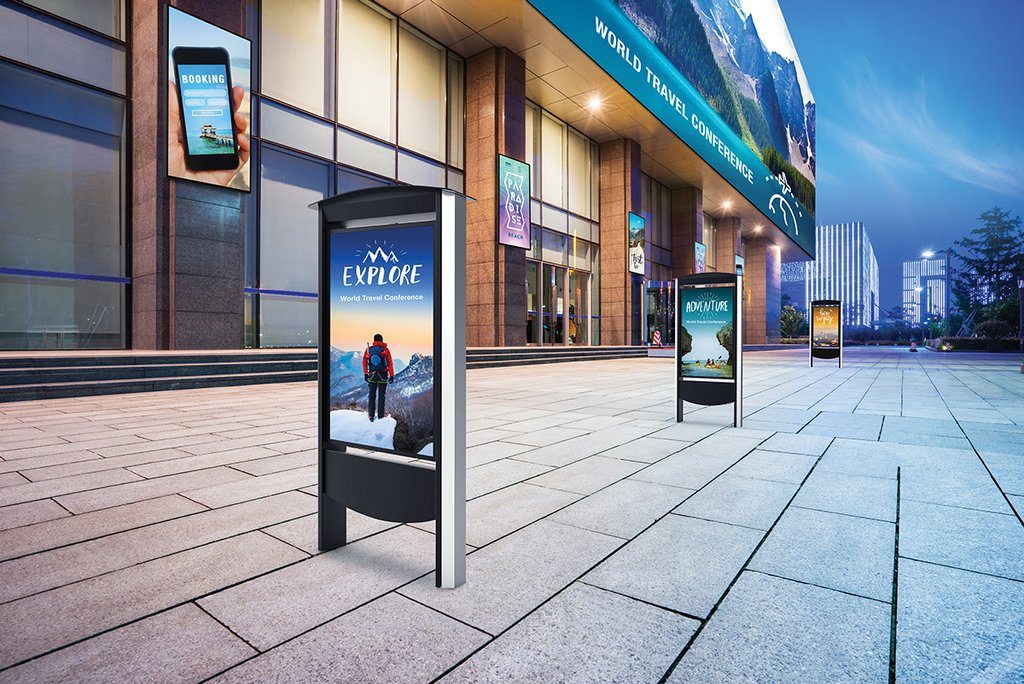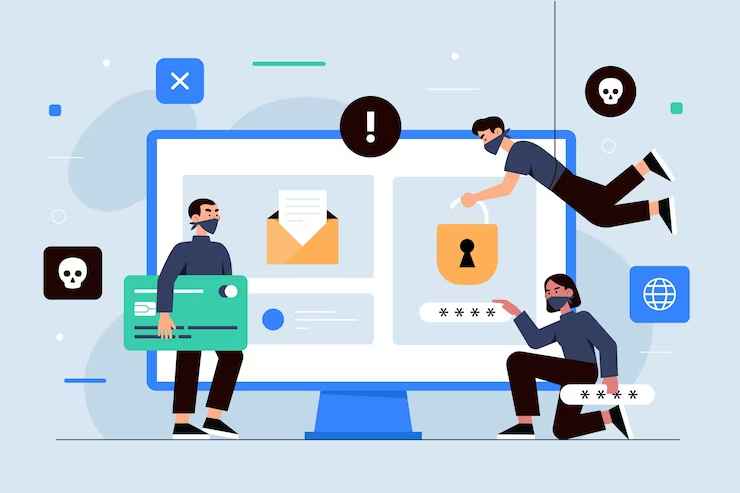Digital sign users are some of the most creative in the marketing industry. It is amazing how a single tool can be used in so many varied ways to achieve the same goals. Honestly, now that digital signs are so popular, it would take a series of e-books to name all the ways that marketers can leverage digital signage. In my most successful experiments, what I decided to do was to focus on the methods that other online companies have tested, and then apply their lessons to digital signs. I tried to focus on sneaky ways to leverage digital signage for promotional, branding, and marketing needs.
Schedule Content Based on Target Consumer Tracking
In our High Street location, we noticed pensioners walking by our store in the very early hours of the morning. We noticed a sharp influx of busy parents rushing in just before lunch. Plus, on weekdays, we had kids walking by our business as the schools let out.
We know our business better than anybody, and we know how our target consumer behaves. We decided to schedule digital sign content to suit different people at different times. If you run a digital signage program like Kitcast, you can schedule content for different times of the day in order to fully exploit your target demographics. We configured ours to suit the different target demographics that walked by during the day. We found this pretty effective for getting people into the store, but not within the store itself.
Why would the targeted digital signs bring people into the store, but the targeted signs in the store were not as effective? Turns out that our signs in the window were reminding people of what they wanted and so drew them in. When they walked into the store, they already had in mind what they intended to buy. That is why the demographically targeted signs indoors were not as effective at driving up sales. We reverted the internal signs back to their original pan-demographic product-marketing content, and they did just fine.
Tracking Digital Sign Performance Using Sale Data
In locations where our businesses had a fairly swift product turnover rate, we were able to test our scheduled marketing using our sales numbers to judge the results of our efforts. That is how we knew that demographic scheduling was a good idea for our store windows, but not for inside our stores.
We had a fair amount of success with the signs people see as they leave our stores. Some locations had digital signs people could only see as they were leaving the store. We would offer them the sort of content where they may sign up for our social media, or our newsletter, or sign up for future discounts. We could test the response rates to see how well our market efforts are performing, and the uptake was more than we expected, so those worked out well too.

Inflame For A Response
How do you get people to shout about how much they love your product? You threaten to offer them something better. We have a brand following, and our brand principles are pretty well rooted in the minds of our customers.
We figure that, if you already have customers and fans, but they are not shouting about our products online, then inflame their passions by offering them something “Supposedly” better.
Coco Pops and Coca-Cola did this perfectly. Coco Pops asked people if they should change their name to “Coco Krispies” because it is more expressive and easier to understand, or if they should keep it as “Coco Pops.” The response was loud, very obvious, and had people going online saying how Coco Pops was the best. Cola did this with “New Coke.” They offered something “Better,” they inflamed their audience, and then brought back Coke Classic for maximum exposure.
We did a similar thing with our digital signs, and we offered up our social media profiles as a way for people to contact us and “Agree” with our position. We proved that we could get people to comment on our social media by offering them a “Better” version of our product. Though obviously, the “New” product was not as good as the original.
We showed our “Upgraded” and “New” products on our digital signs, alongside our former (but better) products. We then showed people our social media handles/URLs and/or give them QR codes so they can respond right there. They were taken to quizzes, comment pages, to discussion pages where they were asked “Yay” or “Nay” on the new updated version of our product. Asking them if they preferred the classic version or the new? Once they agreed that they prefer our classic product, we ask them to share their thought through the share functions on social media platforms. People shared, people chattered, and the product line saw more attention online.
The great thing about the QR code method on digital signs is that you can track which digital signs are having the most impact and which are drawing the most social media attention. It also allowed us to test the concept a few times before we spread our marketing message in different locations.
Psst and Whisper Marketing
The staff of Yorkshire Bank (now part of Virgin Banks) were given a very sneaky method for selling investing and savings plans. The teller was told to lean forward and speak more softly, causing the customer to lean in and listen intently as if it were a secret matter. This subtle style of marketing put the customer at a massive disadvantage as they had already engaged with the conversation in a very personal way with the bank teller.
Not wanting to pull the same trick with our under-seasoned salesclerks, we found new ways to use a similar method with our digital signs. The first setup had a motion sensor. The digital sign would say, “Psst, come over here” and then softly sell something through a very quick advertisement. It was moderately successful, becoming less effective during busy periods.
We knew we could create very audible differences in sound projection. We decided to use silence as a way of getting attention. Many marketers like the idea of going from quiet to loud in order to draw attention, but the opposite is true too. Think of it as “Needle scratch” marketing, where the music stops and there is a brief portion of silence before the ad talks. This seemed to draw far more attention than we anticipated.







Hi Atish,
I agree with this! As I was a bank teller before I used that “whispering method” and it works sometimes, but it doesn’t with people who are always in a rush. I love this content, Keep it up!
Thank you